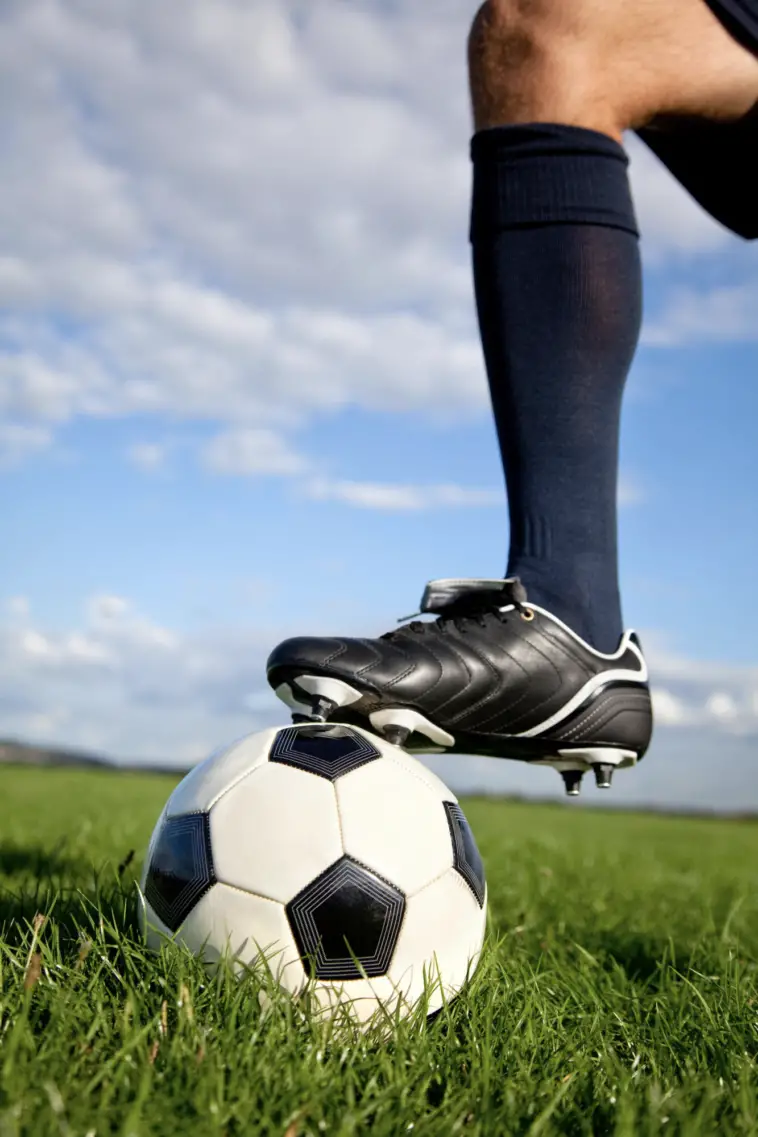Two options stand out when choosing a suitable surface for a sports field. This includes artificial turf and natural grass.
Each has its strengths and drawbacks. Factors like geographic location and budget constraints affect these choices. Sports organizations must consider their options and make informed decisions.
Read below to learn more about the pros and cons of artificial turf and natural grass for sports fields.
Artificial Turf
Artificial turf, synthetic or fake grass, has become popular recently. It’s due to its low maintenance requirements and ability to withstand heavy use. Synthetic fibers like nylon, polyethylene, or polypropylene make it.
Artificial turf can provide a consistent playing surface regardless of weather conditions. It’s ideal for indoor or outdoor sports fields. This makes it a cost-effective option in the long run.
Advantages of Artificial Turf
Artificial turf has revolutionized sports field design. It has many advantages that benefit player performance. This includes:
Low Maintenance
Artificial turf has low lawn maintenance requirements compared to natural grass. This is one of its most compelling advantages.
Regular watering isn’t necessary. This can save significant water, especially in water-scarce regions or during droughts. It also eliminates the need for mowing. This reduces labor costs and the carbon footprint linked to maintenance machinery.
Additionally, artificial turf doesn’t need fertilizers or pesticides. It’s a friendly option that prevents potential chemical runoff into local water systems.
Artificial turf has these aspects. It remains a fresh and even playing surface. It provides a cost-effective solution for sports organizations over time.
Durability
Artificial turf is designed to withstand heavy use and can last up to 10 years with proper care. This makes it an excellent investment for sports organizations.
They seek a long-term solution for their playing surfaces. Its durability also means it can withstand harsh weather conditions. This includes extreme temperatures, heavy rain, and snow. It is ideal for year-round use.
This artificial grass is resilient. It is a significant advantage for high-impact sports like football, soccer, and rugby.
Players often make sudden stops, turns, and slides on the turf. It provides consistent support and cushioning to reduce injuries and enhance player performance.
Consistent Playing Surface
Natural grass fields are prone to wear and tear. This can result in uneven patches or divots. These can affect player performance and increase the risk of injuries.
Artificial turf provides a consistent playing surface that doesn’t change with heavy use. It ensures a level playing field for all players.
Synthetic turf has excellent drainage capabilities. It prevents water from pooling on the surface and creating muddy conditions.
Natural Grass
Natural grass has been the traditional choice for sports fields for decades. It is still used today.
It provides a natural playing surface that many athletes prefer. It offers several benefits that make it a viable option for sports organizations.
Advantages of Natural Grass
The quintessential image of a sports field is often one lush with natural grass. This traditional playing surface has many benefits. Athletes and sports enthusiasts like it. This includes:
Aesthetics
Natural grass on sports fields provides a pleasing playing surface. Many athletes and fans prefer it.
Nature is associated with the field’s lush, green appearance. This makes it more appealing than artificial turf to some people.
Natural grass also has a pleasant scent. It gives the field a natural feel. This can add to the game-day experience for players and spectators.
Cooling Effect
Unlike artificial turf, natural grass does not keep heat and can provide a cooling effect on hot days. This is especially beneficial for outdoor sports fields.
Players may be susceptible to heat exhaustion on these fields. Additionally, the natural surface absorbs impact better than artificial turf. This reduces the risk of injuries from falls or collisions.
Environmental Benefits
Natural grass provides several environmental benefits. These benefits include filtering and cleaning the air.
They also absorb carbon dioxide and produce oxygen. It also prevents erosion. It helps with water absorption, reducing the risk of flooding in surrounding areas.
Natural grass can also provide a habitat for wildlife in urban areas. It supports biodiversity. Green spaces may be limited in urban areas.
Enhanced Biomechanics
Natural grass surfaces are associated with improved biomechanics for players during play. The surface allows for natural pivoting and reduces the torque on lower extremity joints.
This could lower the incidence of injuries such as anterior cruciate ligament (ACL) sprains. This quality of adapting to the player’s motions enhances both the gameplay and safety of the athlete.
Psychological Benefits
Participating in sports on a natural grass field may also offer psychological benefits, creating a sense of organic gameplay and traditionalism. The connection with a natural element can instill a sense of calm and improve concentration during physically demanding activities. This traditional aspect might affect the player’s mindset and emotional connection with the sport.
Factors When Choosing Between Artificial Turf and Natural Grass
When deciding between artificial turf and natural grass for a sports field, there are several essential factors to consider. These include:
Sport-Specific Considerations
Certain sports may be better suited for artificial turf or natural grass, depending on the playing style and equipment used. For example, football and soccer tend to be played on artificial turf as players require a consistent surface for running and kicking.
In contrast, sports like golf and baseball are typically played on natural grass for its softer surface and ability to retain divots.
Climate and Geographic Location
Geographic location and climate can also play a significant role in determining the most suitable playing surface. Areas with high temperatures or limited water resources may benefit from artificial turf, while regions with cooler climates or ample rainfall may prefer the natural grass’s cooling and environmental benefits.
Budget Constraints
The initial cost of installing artificial turf can be significantly higher than that of natural grass. However, over time, the lower maintenance costs and increased durability can make it a more cost-effective option in the long run.
Sports organizations must carefully consider their budget constraints when deciding between the two options.
Using the Best Turf for Sports Fields
Choosing between artificial turf and natural grass for sports fields involves a multidimensional analysis. The decision should be tailored to the sport’s specific needs, the climate, and the community it serves. By weighing the pros and cons, stakeholders can make an informed choice that aligns with their organizational goals and the spirit of the game.
If you enjoyed this article and would like to read more like it, please check out the rest of our blog today.




